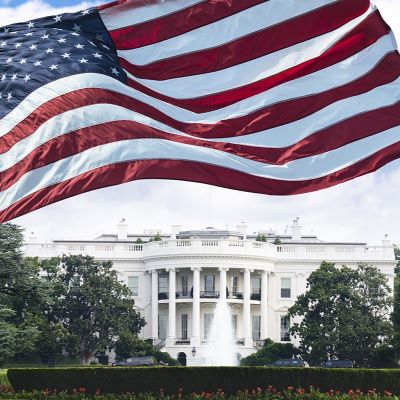New US tariffs disrupt global markets

The US administration has imposed a baseline tariff of 10% on all imports into the US, as well as higher targeted tariffs on some of the country’s largest trading partners
US President Donald Trump announced a series of reciprocal tariffs on Wednesday, arguing that they will allow the US to thrive economically. The tariffs, which will take effect next week, include a 10% reciprocal tariff on all imports, with higher tariffs for countries he says are exploiting access to the US market.
In Asia, these include an additional 34% tariff on China (bringing China’s total tariff rate to 54%), 49% on Cambodia, 46% on Vietnam, 37% on Bangladesh, 36% on Thailand, 32% on Indonesia, 32% on Taiwan, 29% on Pakistan, 26% on India and 24% on Japan. Goods from the European Union are subject to a 20% tariff.
Canada and Mexico are excluded from the 10% base tariff because goods from these countries were already subject to a 25% tariff to address border issues and the importation of fentanyl (although some exemptions and delays were later introduced). The president also confirmed the start of a new American “25% tariff on all foreign-made automobiles”.
China has already vowed to retaliate, as has the European Union. “The consequences will be dire for millions of people around the world”, said EU chief Ursula von der Leyen. Other trading partners, including Mexico and India, said they would hold off for now while they seek concessions.
Following the announcement, tech and retail stocks were particularly hard hit, with analysts warning that the tariffs could disrupt global supply chains. However, GlobalData managing director Neil Saunders told Vogue Business that “the most immediate impact will be increased costs, many of which will be passed on to consumers”.
Image Credits: Daniel Foster on Unsplash

















